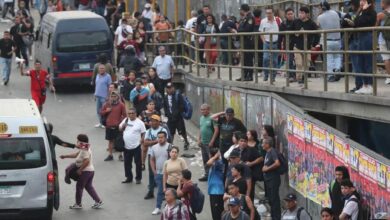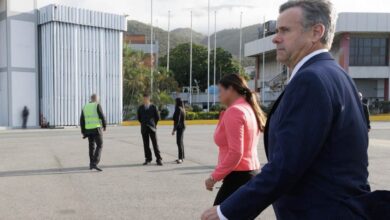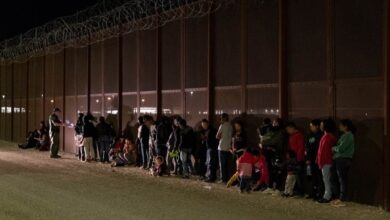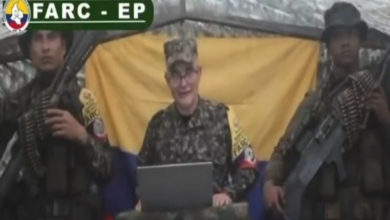Continuing Impact Fifty Years After Latin America’s Deadliest High-Rise Fire
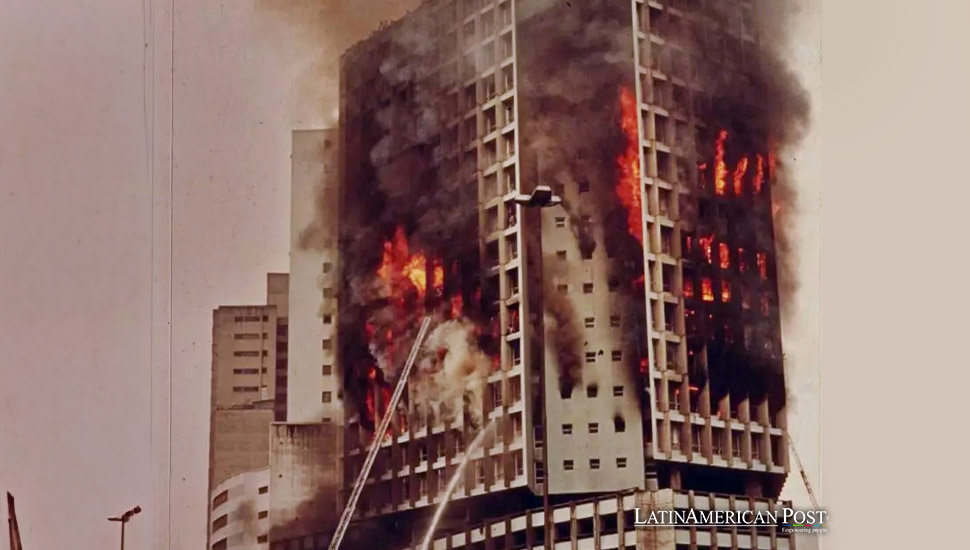
This year, Brazil marked the fiftieth anniversary of the Joelma Building fire in São Paulo, which claimed the lives of nearly 200 people, becoming Latin America’s deadliest high-rise disaster. The harrowing stories of the victims and the lessons learned from this tragedy continue to shape fire safety regulations today.
On the morning of February 1, 1974, the bustling city of São Paulo, Brazil, was shaken by one of the most catastrophic fires in its history. At approximately 8:50 a.m., a fire broke out in the 25-story Joelma Building, home to Banco Crefisul’s offices. The fire, which spread rapidly due to a malfunctioning air conditioner on the 12th floor, consumed much of the building within just 20 minutes, leaving those inside with little time to escape.
Like many skyscrapers, the Joelma Building lacked basic fire safety measures, such as fire alarms, sprinkler systems, and fireproof exits. Without proper firewalls, emergency lighting, or evacuation plans, the building quickly became a death trap for its occupants. The single, non-fireproof stairwell that served as the only emergency egress soon filled with thick smoke and intense heat, making it impassable after the 11th floor.
When firefighters arrived 20 minutes after the fire began, the building was engulfed in flames. Their equipment was inadequate to handle such a large blaze, with ladders reaching only the 14th floor—leaving hundreds of people above the flames stranded. The fire’s ferocity and the building’s lack of preparedness turned the Joelma fire into one of the deadliest high-rise disasters in history.
Desperate Attempts to Survive
As the fire spread, nearly 300 people were able to escape the building using the elevators before the shafts filled with smoke, rendering them unusable. For the remaining occupants, escape options were limited. Around 170 people sought refuge on the building’s rooftop, praying for a rescue that came too late for many. Helicopters arrived to airlift some survivors, but only around 100 people were saved this way.
One of the most extraordinary stories of bravery came from a police officer who rigged a rope between the Joelma Building and an adjacent structure. Using this thin lifeline, he led 18 people to safety, crossing the terrifying drop between the buildings. But for many, no such escape route was available.
Inside the building, some office workers survived by climbing onto exterior ledges or lowering themselves from balcony to balcony in a desperate attempt to escape the flames. Others were not so fortunate. Tragically, 40 people trapped by the fire chose to jump to their deaths rather than face the inferno. Their bodies, sprawled on the ground below, became a haunting reminder of the sheer desperation of that day.
Among the most heart-wrenching stories is that of 13 victims who were found inside an elevator, huddled together in their final moments. The intense heat had fused their bodies with the elevator walls, making it impossible to identify them. They were buried side by side in the São Pedro Cemetery, their adjoined graves a symbol of the collective tragedy that had befallen them. The victims had inhaled large amounts of smoke and were severely dehydrated, with their final moments spent in unimaginable suffering.
The Fire’s Aftermath
The Joelma Building fire left an indelible scar on São Paulo and the entire nation of Brazil. Of the 756 people inside the building at the time of the fire, the official death toll ranged from 188 to 227 people, depending on the report. Additionally, more than 300 people sustained injuries, many of whom later died from severe burns and infections. Those who survived faced long and painful recoveries, both physically and emotionally.
The fire’s devastation was compounded by the fact that much of it could have been prevented. The absence of even the most basic fire safety precautions in the Joelma Building made the tragedy shocking. Many lives could have been saved if the building had been equipped with sprinklers, alarms, or fireproof exits. Furthermore, the inadequacy of the firefighting equipment at the scene hampered rescue efforts, as firefighters could not reach those trapped above the 14th floor.
The fire subsided by 10:30 a.m. but wasn’t fully extinguished until 1:30 p.m. After the flames were put out, rescuers searched through the wreckage for survivors. Among the ruins, they found not just the bodies of those who had perished but also survivors who had miraculously escaped the flames by hiding under roof tiles or finding refuge in protected corners of the building.
Fire Safety Reforms
The Joelma Building fire was a wake-up call for Brazil and the rest of the world, highlighting the dire need for improved fire safety regulations in high-rise buildings. In response to the disaster, Brazil implemented a series of fire safety reforms to prevent similar tragedies from occurring.
One of the most significant outcomes of the fire was the introduction of stricter building codes in São Paulo, which became the leading region in Brazil for fire safety regulations. Fire safety laws were passed in 1975, 1976, 1978, and 1983, with additional rules introduced in 1994 and 2001. These laws required high-rise buildings to have fire alarms, sprinklers, emergency lighting, and fireproof stairwells. Building owners were also mandated to conduct regular fire drills and ensure evacuation plans were posted.
Beyond Brazil, the Joelma Building fire was a worldwide case study for fire safety in high-rise structures. In the United States, for example, the National Fire Protection Association (NFPA) used the lessons learned from Joelma to enhance its fire safety codes. While fires in high-rise buildings are not uncommon—the United States experiences more than 17,000 high-rise fires annually—the Joelma fire emphasized the need for greater preparedness in preventing such disasters.
The structural integrity of the Joelma Building itself also became a subject of study. Although the building suffered significant damage, it did not collapse, primarily due to the rapid burning of combustible materials that prevented prolonged exposure of the concrete structure to high heat. This contrasted sharply with the collapse of the steel-framed Twin Towers during the September 11, 2001, attacks, which experienced sustained exposure to extreme temperatures.
Remembering the Victims: A Lasting Legacy
Fifty years after the Joelma Building fire, the memories of the victims and the lessons learned from this tragedy remain ever-present. Four years after the fire, the building was closed for extensive repairs and reopened under a new name: Praca da Bandeira, or Flag Square. Despite the new name, the site of the fire remains a solemn reminder of the lives lost and the suffering endured.
To this day, the stories of those who perished in the fire are retold by their families and loved ones, ensuring that the victims are not forgotten. Among the most poignant is the story of the 13 unidentified victims, whose bodies were discovered in the elevator, forever fused in death. Their graves in São Pedro Cemetery continue to draw visitors, a testament to the tragedy that brought the nation to its knees.
The Joelma Building fire also serves as a stark reminder of the importance of fire safety in high-rise structures in Brazil and across the globe. In a world where skyscrapers continue to dominate city skylines, Joelma’s lessons are more relevant than ever. As urbanization increases, so too does the need for stringent fire safety measures to ensure that the horrors of the past are not repeated.
The Continuing Impact of the Joelma Fire
The fire that ravaged the Joelma Building on February 1, 1974, was one of the deadliest high-rise fires in Latin American history. This disaster forever altered the landscape of fire safety in Brazil. The stories of the victims—those who perished in the flames, those who jumped to their deaths, and those who survived by sheer luck—remain etched in the collective memory of São Paulo and the world.
Also read: New Species Saved from Extinction in the Caribbean
In the years since the fire, fire safety regulations have been strengthened, and technological advancements have made high-rise buildings safer. Yet, the Joelma Building fire serves as a reminder that the cost of complacency is measured in lives lost. As we mark the 50th anniversary of this tragedy, we honor the memories of the victims by ensuring that their deaths were not in vain and that future generations are protected from such disasters.

